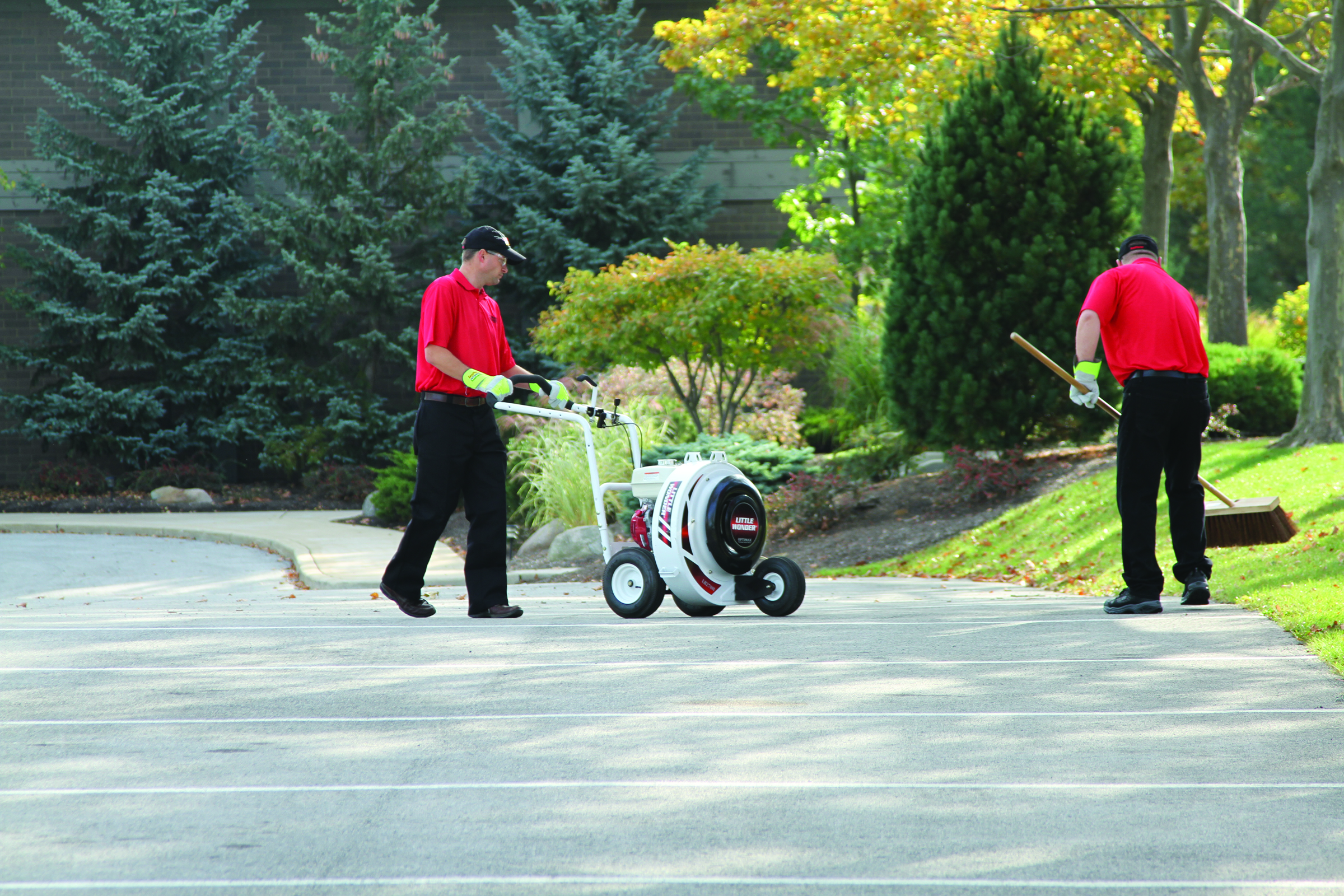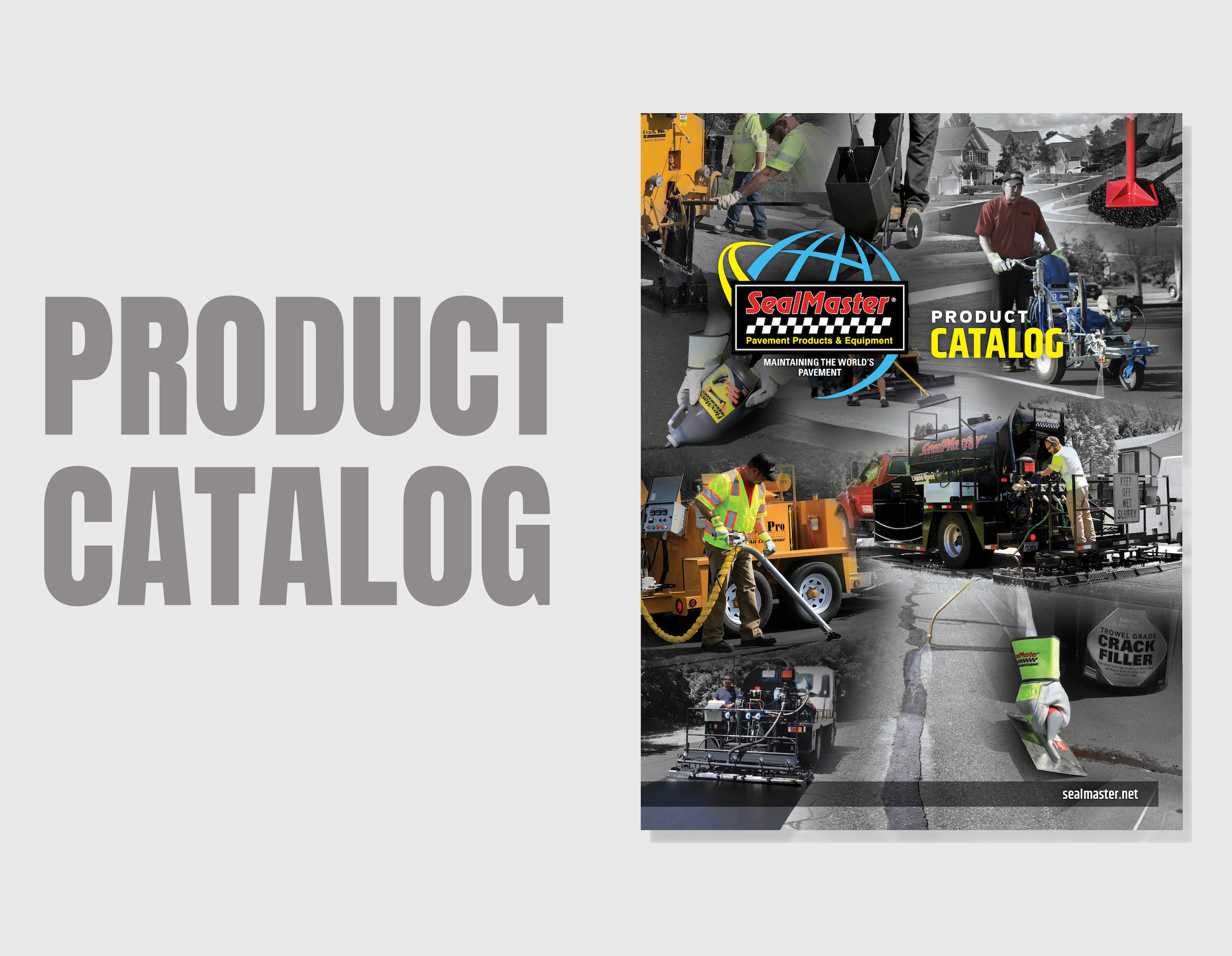FOLLOW & LIKE US
SEALCOATING TOPICS
SEALCOATING PRODUCTS
SEALMASTER PAVEMENT PRODUCTS & EQUIPMENT

The frequency of asphalt sealcoating depends on various factors, which may include but are not limited to:
- Quality of pavement sealer
- Proper sealer mix design
- Number of coats applied
- Amount of material applied
- Amount of daily traffic
- Geographic area
QUALITY OF PAVEMENT SEALER
The durability of a sealcoat application hinges directly on the quality of the pavement sealer used. Opting for low-solids materials can significantly compromise longevity. It’s crucial to select high-quality pavement sealers from trusted producers like SealMaster. SealMaster’s premium pavement sealers, accessible nationwide, are applied by the industry’s most extensive network of professional contractors, ensuring top-notch results coast to coast.
PROPER SEALCOAT APPLICATION MIX DESIGN
An appropriately blended sealcoat should incorporate sand and, optionally, a polymer additive. Sand enhances traction, ensuring safety for both vehicles and pedestrians, while also bolstering the durability of the sealcoat. It’s imperative to request the inclusion of sand for your sealcoat project to maximize its effectiveness.
NUMBER OF COATS & MATERIAL AMOUNT APPLIED
For best sealcoating outcomes, it’s essential to apply two coats of sealer. Let the first coat dry completely before adding the second. Ensure the final coat cures for a minimum of 24 hours before opening to traffic.
As crucial as the number of coats is the quantity of sealer applied in each coat. Adhering to the manufacturer’s recommendations for application rate and coverage ensures successful outcomes.
For more information or free pavement repair, resurfacing, or construction quotes, submit a contact form.

